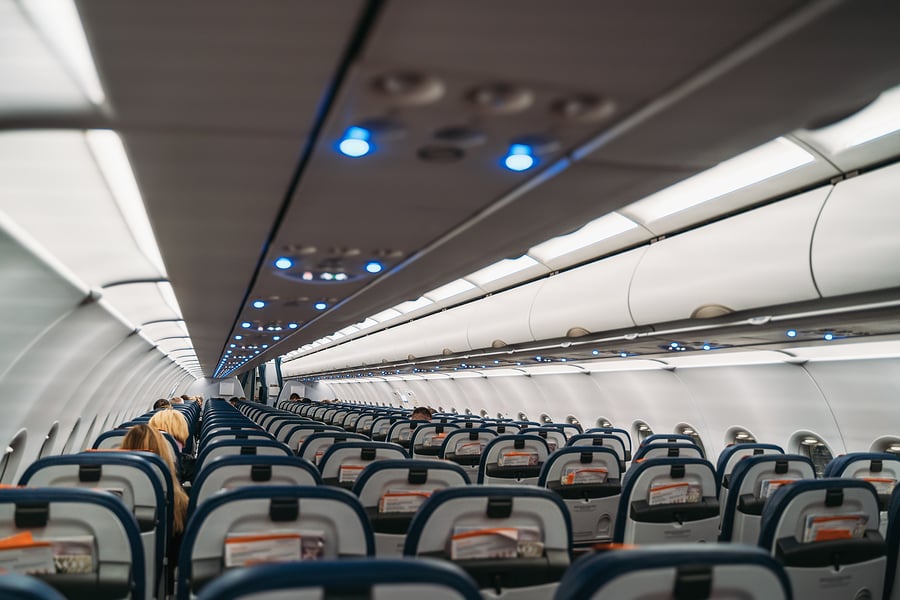The Future of Air Travel: Impacts of Sustainable Aviation Fuel
Rising Costs of Air Travel
Vanessa Hudson, the CEO of Qantas Airlines, has expressed concerns regarding the affordability of air travel in light of stringent “net zero” policies. With a required shift towards sustainable aviation fuel (SAF), ticket prices are predicted to escalate, potentially rendering flying an exclusive privilege.
SAF is currently three to five times costlier than traditional jet fuel, primarily derived from cooking oils sourced in Asia. As the aviation sector aims for net-zero carbon emissions by 2050, the transition to SAF appears to be the most viable option, albeit with significant financial implications for passengers.
Regulatory Mandates for SAF Use
The UK government has established one of the most ambitious mandates globally, requiring airlines to use a minimum of 10% SAF in their fuel supply by 2030. In contrast, the European Union has set a more modest target of 6% for the same year.
The UK’s mandate outlines a gradual increase in SAF usage: starting at 2% in 2025, ramping up to 10% by 2030, and ultimately reaching 22% by 2040. To support this transition, a price guarantee mechanism is in place aimed at bolstering SAF production domestically.
Enforcement of this mandate will utilize a system of tradable certificates for aviation fuel suppliers. These certificates reflect the carbon emissions reductions achieved and can be traded among suppliers. Additionally, the program includes a provision allowing suppliers to opt-out if they are unable to fulfill SAF requirements through supply chains.
Current Production Landscape
As of now, the UK operates just one SAF production facility, located in Yorkshire and managed by Phillips 66. This facility is expected to produce around 50 million liters of SAF this year. Eight additional SAF production facilities have been proposed; however, experts remain skeptical about the industry’s ability to scale up production promptly to match governmental timelines.
Airbus’ Commitment to SAF
Airbus is actively embracing the transition to SAF, planning to enable its customers to receive aircraft that can run on SAF without extra charges by the end of 2025. Currently, about 75% of Airbus aircraft deliveries use a blend of SAF, and the company aims to increase SAF usage in its internal operations to 16% across various business activities.
A significant initiative by Airbus includes designing a new generation of narrow-body aircraft intended to operate entirely on 100% SAF. This model, targeted for introduction post-2035, features innovative composite wings designed for enhanced aerodynamics and fuel efficiency.
Conclusion: Balancing Sustainability with Accessibility
As Europe collectively strives to meet its net-zero goals by 2050, the financial repercussions of adopting sustainable aviation fuel are becoming increasingly evident. While SAF promises a potential 80% reduction in life-cycle carbon dioxide emissions compared to conventional jet fuels, its high costs could lead to elevated airfares, limiting accessibility to the general populace.
Airbus’ advancements in aircraft design signify a proactive approach towards incorporating SAF in a cost-effective manner, but the challenge of scaling up SAF production remains. As current regulations set firm targets for SAF integration, both the aviation industry and consumers must prepare for the implications these changes bring to modern transportation.

